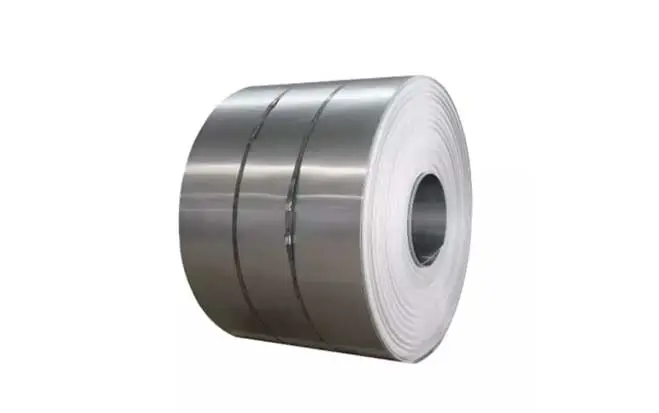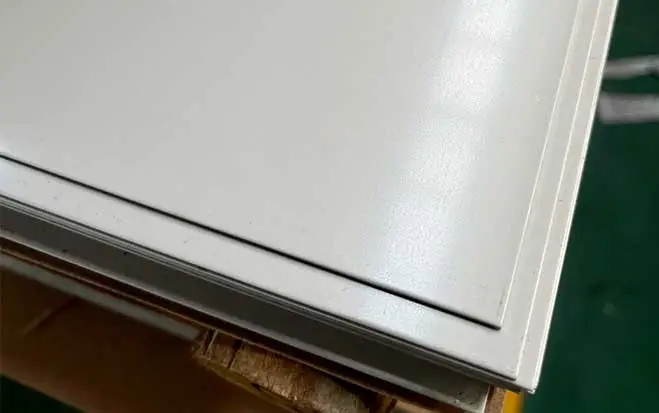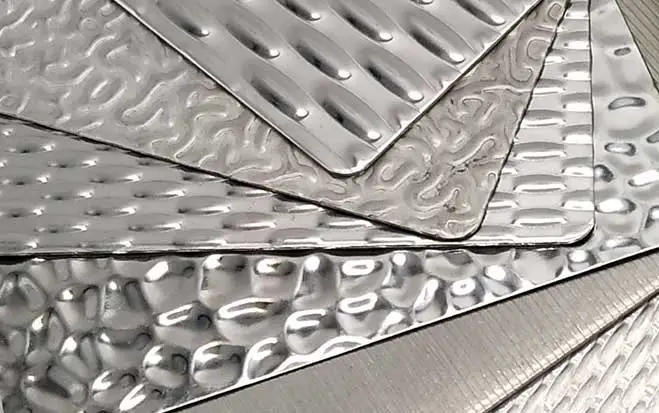In today's industrial landscape, stainless steel has become an indispensable material due to its remarkable strength, durability, and stunning visual appeal. Among the various types available, 304 No. 4 stainless steel stands tall as a popular choice due to its exceptional resistance to corrosion. In this blog, we will delve into the fascinating world of corrosion resistance in 304 No. 4 stainless steel, exploring its properties, applications, and why it reigns supreme in the realm of metal alloys.
When it comes to corrosion resistance, the composition of stainless steel plays a vital role. 304 No.4 stainless steel is an austenitic alloy composed primarily of iron, chromium, and nickel. The addition of these elements imparts remarkable resistance to corrosion, making it suitable for a wide range of applications. Additionally, the inclusion of manganese further enhances its strength and stability, guaranteeing long-lasting performance even in harsh environments.
To comprehend why 304 No.4 finish stainless steel boasts such remarkable resistance to corrosion, it is crucial to understand the mechanisms at play. When exposed to oxygen, a thin, invisible layer of chromium oxide forms on the surface of the steel, acting as a protective barrier against corrosive elements. This oxide layer is self-repairing, ensuring long-term protection against rust, staining, and tarnishing.
Due to its exceptional corrosion resistance, 304 No. 4 stainless steel finds numerous applications across various industries. Its aesthetic appeal and durability make it a popular choice for architectural accents, such as cladding, decorative panels, and railing systems. In the food and beverage industry, it is widely used for kitchen equipment, countertops, and food processing surfaces, where corrosion resistance and hygiene are paramount. Furthermore, this alloy finds applications in chemical processing plants, automotive components, and marine environments, where exposure to corrosive substances is high.
The advantages of 304 No. 4 stainless steel extend far beyond its corrosion resistance. Its inherent strength, weldability, and formability make it a versatile and cost-effective material for a myriad of applications. With increasing environmental concerns and regulations, the demand for corrosion-resistant alloys is poised to grow. This positions 304 No. 4 stainless steel as an ideal candidate to meet the evolving needs of industries worldwide.
In conclusion, 304 No. 4 stainless steel stands out as a remarkable alloy in the realm of corrosion resistance. Its composition, coupled with the formation of a protective layer, ensures long-lasting performance against rust, staining, and tarnishing. With its versatility and aesthetic appeal, this alloy finds applications in diverse sectors, from architecture to food processing and beyond. As industries seek reliable and durable materials, 304 No. 4 stainless steel will continue to shine, safeguarding structures and products against the perils of corrosion.
Hot topics that may interest you:
Austenitic Vs Ferritic Vs Martensitic Stainless Steel
Is 409 Stainless Steel Magnetic
what is the difference between 304 and 321 stainless steel
what is PVD coating on stainless steel
Reflectivity of Stainless Steel

College degree, Internation trade Major of CHANGSHA ZHONGSHANG FOREIGN LANGUAGE UNIVERSITY.
Professinal exporting manager of NORMANDY METAL INDUSTRY CO.,LTD.
18 years working experience in STAINLESS STEEL MATERIALS INDUSTRY.



